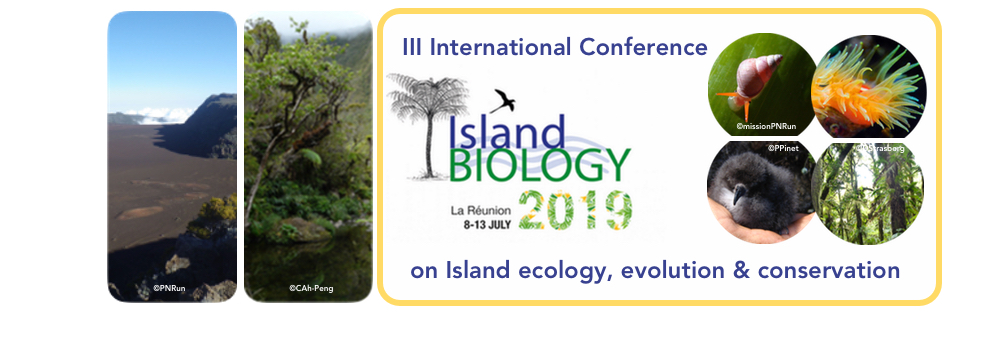Cabo Verde has a rich marine and terrestrial biodiversity, but most of the endemic groups have restricted geographic distribution and high vulnerability to threats, mainly due to the loss or alteration of their habitats. Establishment of conservation priorities in light of this environmental degradation requires sound knowledge on the distribution of biodiversity and identification of sites that are potentially important for conservation actions. Over the past decade, there have been some important successes including, the publication of the IUCN assessments for endemic plants and reptiles, and the establishment of the protected areas systems. In fact, the creation of the National Network of Protected Areas in 2003, allowed the elaboration of management tools to safeguard the unique biodiversity of Cabo Verde. Despite recent successful interventions, the management of the national protected areas system faces a number of problems, namely insufficient financial and staffing commitments. The purpose of this communication is to show several practical examples of how the implementation of the Network of Protected Areas in Cabo Verde has been promoting participatory approaches to biodiversity conservation. Particular emphasis is given to some Natural Parks where a great diversity of endemic species occur, namely in the: i) Fogo Natural Park, which occupies an area of 8,469 hectares in Fogo Island; ii) Natural Park of Serra da Malagueta with an area of 774 ha (Santiago Island); and the two Natural Parks of the Santo Antão Island (i.e. Natural Park of Cova / Paul / Ribeira da Torre, area: 2091.50 ha and Natural Park of Moroços, area of 818.10 ha). Finally we will discuss how present management activities done within these protected areas have contributed to the reintroduction of threatened endemic species in their natural habitats and to control the invasive exotic species.

|
|
|
|
Strategies for conservation of endemic species in protected areas of Cabo Verde islands
1 : National Direction of the Environment
(DNA)
Fogo -
Cape Verde
2 : Associação Projecto Vitó
(Projecto Vitó)
Xaguate, São Filipe, Fogo -
Cape Verde
3 : National Institute of Agrarian Research and Development
(INIDA)
Santiago -
Cape Verde
4 : National Direction of the Environment
Sal -
Cape Verde
5 : Centre for Ecology, Evolution and Environmental Changes
(cE3c)
Faculdade de Ciências Universidade de Lisboa, Campo Grande, 1749-016 Lisboa -
Portugal
6 : LEAF, Linking Landscape, Environment, Agriculture and Food, ISA, Instituto Superior de Agronomia
(LEAF-ISA)
* : Corresponding author
Tapada da Ajuda, 1349-017 Lisboa -
Portugal
|
| Online user: 44 | RSS Feed |

|
 PDF version
PDF version